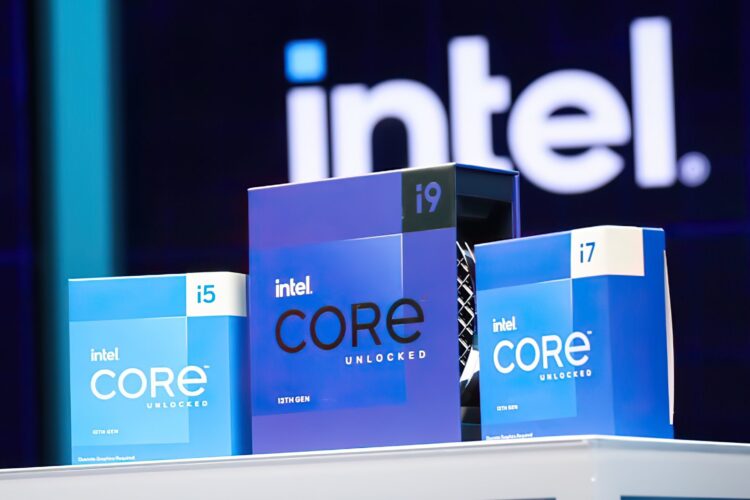Introduction
In anticipation and speculation as the release of new hardware specifications. Recently, the spotlight has shifted to Intel’s highly anticipated 14th-generation non-K desktop CPU specifications, which have clandestinely made their way into the public domain. These leaks have ignited the fast-paced realm of technological progress, few events generate as many fervent discussions and ignited the imaginations of tech enthusiasts and professionals alike.
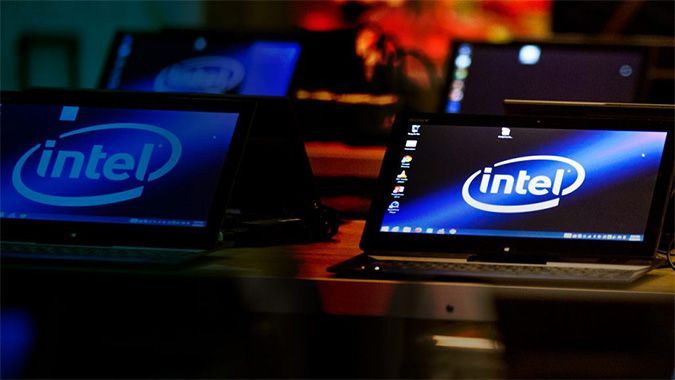
At the heart of these leaks lies the promise of a significant leap forward in computing capabilities. From improved clock speeds to increased core counts, and even potential enhancements in integrated graphics architecture, the leaked details paint a picture of processors poised to reshape the landscape of desktop computing. However, with these revelations also come a range of uncertainties that serve as a reminder of the delicate balance between anticipation and caution.
Check: Success Quotes
Also read: How to Customize and Optimize Your Windows 11 Experience
Evolving Excellence of the 14th Generation
The forthcoming 14th-generation Intel CPUs are poised to continue the legacy of innovation and excellence established by their predecessors. Building upon a foundation of technological prowess, these processors are set to deliver a multifaceted lineup that caters to a diverse spectrum of performance requirements. Drawing from the cumulative wisdom of previous iterations, the 14th Gen CPUs promise to usher in an era where computing power is tailored to an individual’s needs like never before.

These processors are not just an evolution; they represent a thoughtful progression that balances the demands of modern computing with a vision for future possibilities. From daily tasks that require seamless multitasking to demanding applications that demand raw computational strength, the 14th Gen CPUs are positioned to offer a dynamic array of options. This generation exemplifies Intel’s commitment to pushing the boundaries of technology, manifesting in processors that are not only reliable but also adaptable to an ever-changing landscape of user demands.
Stellar Performance
The 14th Gen i3 processors are poised to be a force to be reckoned with, boasting quad-core configurations that inject an infusion of power into the heart of computing devices. This translates to a significant enhancement in parallel processing capabilities, allowing users to juggle tasks with unparalleled ease. Paired with improved clock speeds, the processors promise to obliterate lag and delays, ushering in a realm of computing where every command is executed swiftly and every program launches without hesitation.

One of the most compelling aspects of these processors lies in their potential to revolutionize multitasking. With the ability to seamlessly switch between applications and handle data-intensive workflows, users can engage in activities ranging from browsing the internet to video conferencing, all without a hint of slowdown. Content creators, too, stand to benefit from this leap in performance. From video editing to graphic design, the 14th Gen i3 processors are positioned to render complex tasks with grace and efficiency, transforming creative visions into reality.
Check: MBA Student Syllabus
Also read: 10 Features You Should Know About Windows 11 User Experience
Unleashing Power with i7
At the heart of the i7 CPUs’ supremacy lies their formidable architecture, boasting eight cores that stand ready to tackle the most demanding computational challenges. This augmentation in core count translates to a remarkable escalation in parallel processing capabilities. Users engaging in activities such as video editing, 3D rendering, and complex simulations can expect an upsurge in performance, as these tasks are distributed across multiple cores, ensuring efficient execution and minimized waiting times.

Hyper-threading, another jewel in the i7’s crown, further amplifies this power. By allowing each core to handle multiple threads simultaneously, the processors offer a virtual symphony of computational prowess. This means that even in the face of intricate workflows, the i7 CPUs maintain a graceful balance, ensuring that the system remains responsive and lag-free
Peak of Innovation
At the core of the i9 processors’ supremacy lies an awe-inspiring architecture, marked by a staggering ten cores or more. This augmentation in core count is more than just a numerical achievement; it signifies a transformation in the very fabric of processing. With more cores at their disposal, users are poised to experience computing like never before. Multitasking evolves into a symphony of efficiency, with each core tackling a separate task, ensuring seamless navigation between applications and responsiveness that’s second to none.
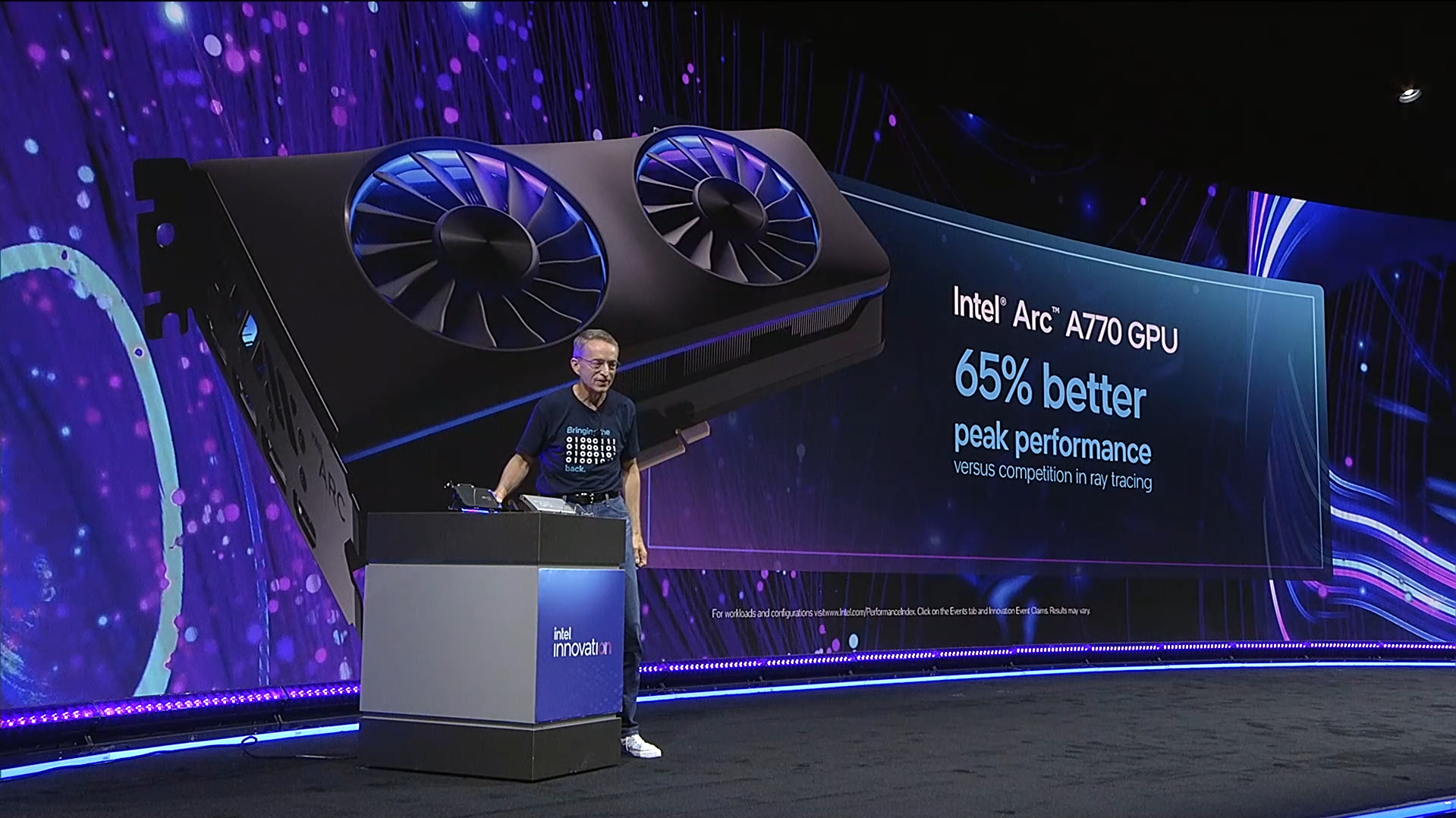
Hyper-threading, a hallmark of Intel’s top-tier processors, augments this processing prowess even further. By effectively doubling the number of threads that each core can handle, these processors become capable of managing a multitude of tasks simultaneously. This not only ensures the fluid execution of complex workflows but also lends a sense of fluidity to the entire computing experience.
Enhanced Graphics Integration
The upcoming 14th Gen CPUs are projected to wield an arsenal of visual prowess, courtesy of their incorporation of Intel’s cutting-edge integrated graphics architecture. This infusion of innovation aims to redefine the boundaries of what integrated graphics can achieve, catering to a diverse array of users whose needs span from everyday tasks to immersive gaming.
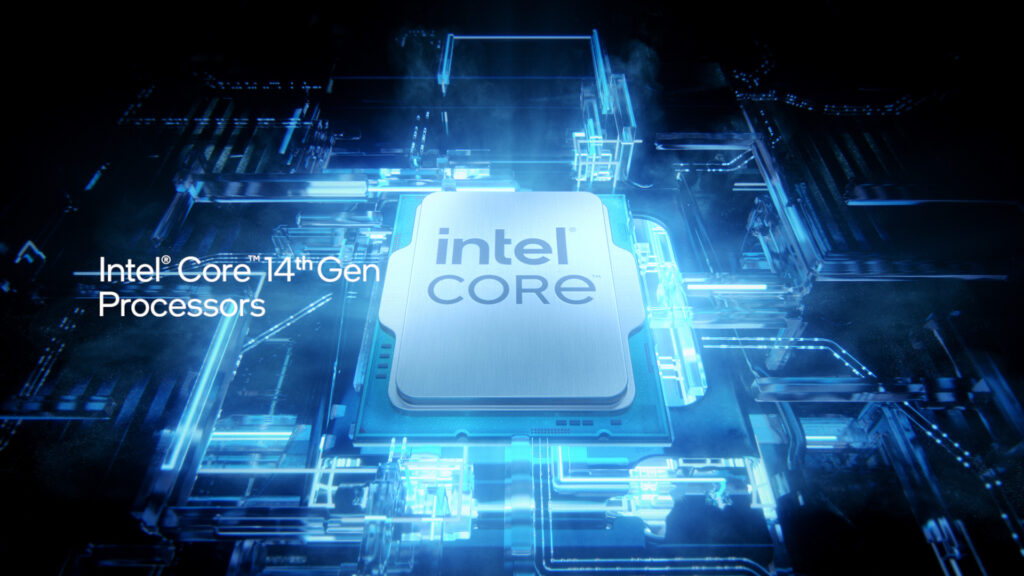
One of the most striking implications of this enhanced graphics integration is the promise of smoother graphics performance. Whether it’s streaming high-definition videos, working on graphics-intensive projects, or indulging in immersive gaming experiences, users can anticipate a level of fluidity that transcends the conventional. The processors are expected to effortlessly navigate graphical complexities, rendering content with finesse and precision that breathe life into every pixel.
Check: Funny Memes
Also read: Apple plans to launch new devices in 2023: Here’s what to expect
Efficient Power Management
The 14th Gen processors are anticipated to be imbued with a meticulous focus on power efficiency, driven by Intel’s relentless pursuit of excellence in environmental stewardship. These processors could herald a new era where computing devices seamlessly marry performance with energy consciousness, creating a harmonious blend that caters to the needs of users and the planet alike.

At the heart of this emphasis on efficiency lies the promise of enhanced power management features. These features are poised to be the linchpin that ushers in a future where energy consumption is optimized to unprecedented levels. While the intricate details are still shrouded in anticipation, the essence of this innovation is clear: a computing experience that’s characterized by minimized energy wastage without compromising on the performance that users demand.
Ecosystem Synergy
The forthcoming CPUs appear to be meticulously crafted to operate seamlessly in conjunction with Intel’s cutting-edge chipset and memory technologies, establishing a harmonious relationship that could yield a plethora of advantageous outcomes. The anticipated collaboration between these CPUs and Intel’s latest innovations holds the promise of revolutionizing system performance on multiple fronts. One noteworthy benefit is the potential for significantly improved memory support, potentially allowing for more expansive and faster memory configurations. This could result in smoother multitasking, quicker data access, and enhanced overall responsiveness.

Moreover, the projected synergy between these CPUs and Intel’s advanced chipset could yield faster data transfer rates, facilitating the swift exchange of information between various components within the system. This accelerated data transfer has the potential to translate into enhanced application performance, reduced loading times, and an overall smoother user experience.
Check: MBA Student University Question
Also read: Windows 12: What to Expect from Microsoft’s Latest Operating System
Advantages
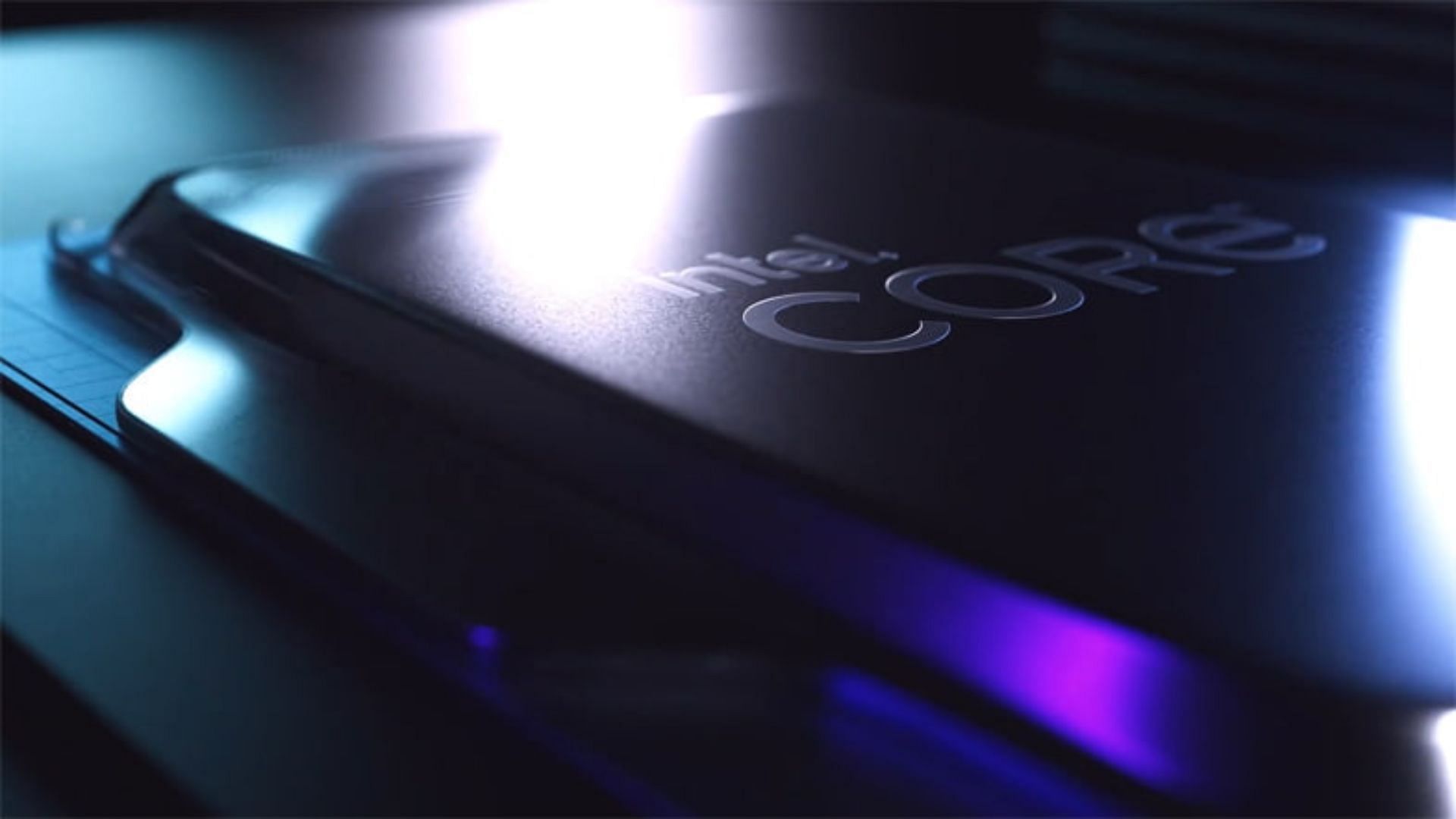
- Comprehensive Explanation: Offers detailed insight into the “Ecosystem Synergy” concept, covering CPU, chipset, and memory collaboration.
- Technical Insights: Explores memory support, data transfer, and system stability’s technical aspects for better comprehension.
- Impact: Highlights benefits like multitasking, app performance, and user experience enhancement.
- Cautious Approach: Reminds readers of leaked info’s unverified nature, promoting a balanced perspective.
- Versatility: This shows how the CPUs cater to diverse user needs, emphasizing their adaptability.
Disadvantages
- Complexity: Increased technical detail might confuse less tech-savvy readers.
- Length: Longer content could deter those seeking quick information.
- Speculation: Assumes potential benefits without final confirmation, risking false expectations.
Conclusion
The spotlight is on “Ecosystem Synergy” in computing with Intel‘s upcoming 14th Gen non-K desktop CPUs. This promises seamless collaboration among CPUs, chipsets, and memory, offering exciting potential. While technical details cover memory, data transfer, and system stability, it’s important to stay balanced. Cautioning against unofficial info, and awaiting Intel’s confirmation keeps expectations realistic.
Check: Colorful Images
Also read: The OS war in the 21st century: Microsoft Windows 11 vs Mac OS

